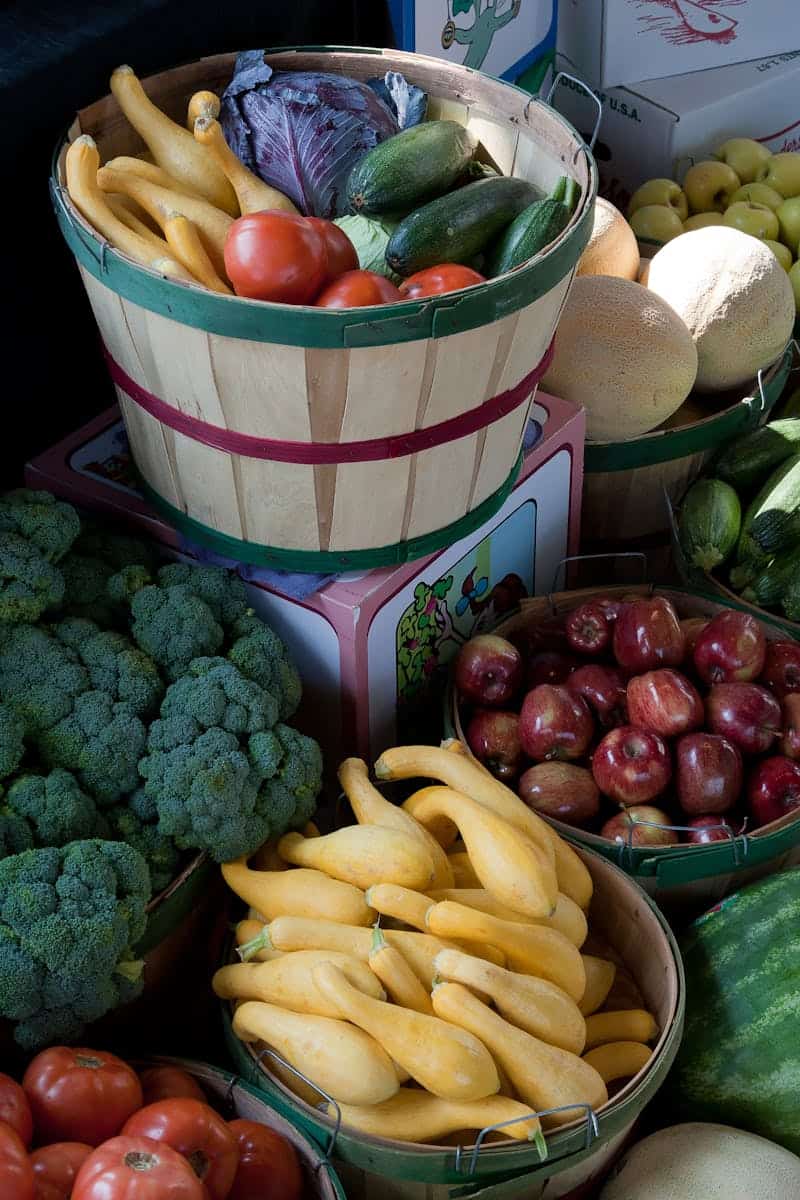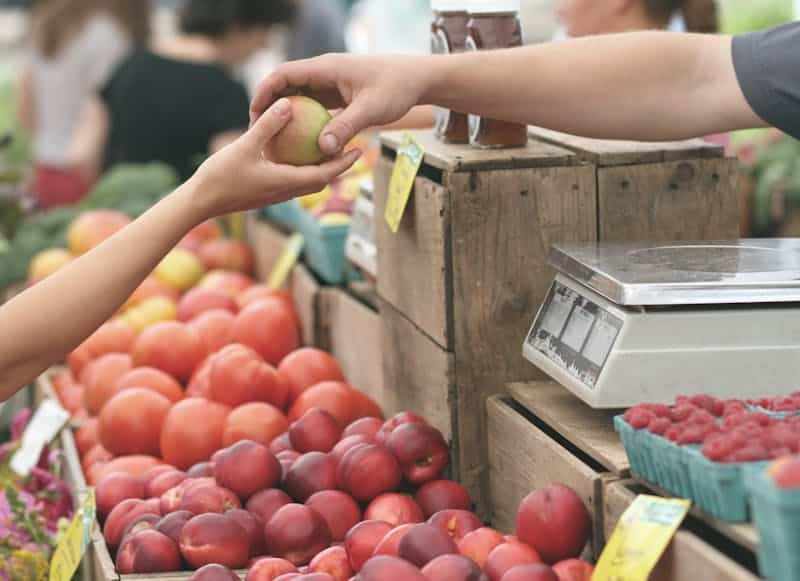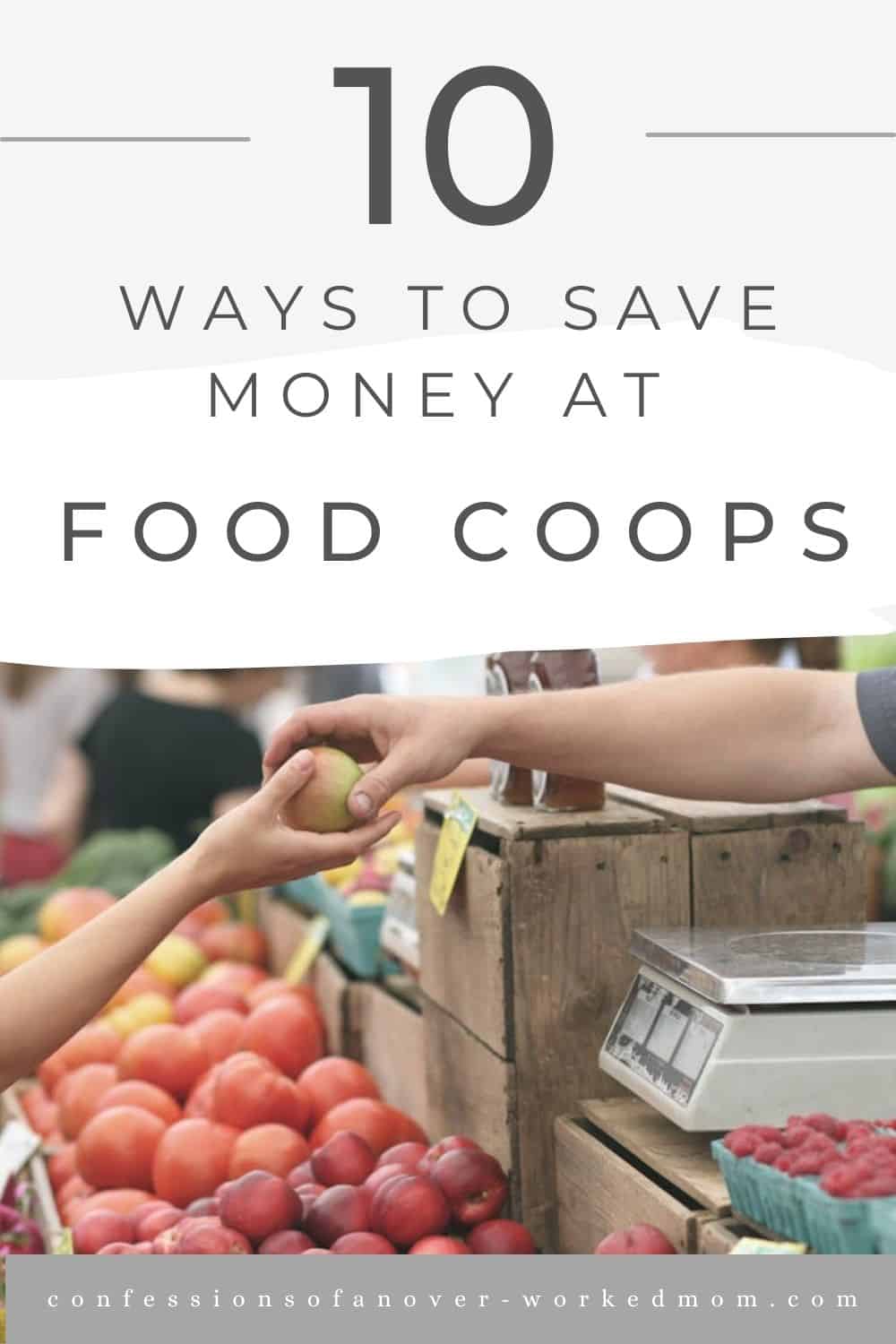Last Updated on October 2, 2024 by Ellen Christian
Wondering how to save money at food co-ops? Check out these simple tips for healthy living on a budget and start saving today.
Posts may be sponsored. This post contains affiliate links, which means I will make a commission at no extra cost to you should you click through and make a purchase. As an Amazon Associate I earn from qualifying purchases.
Save Money at Food Co-ops
Food co-ops, or cooperatives, are community-owned grocery stores that focus on providing organic, locally-sourced, and sustainable products. They’re often lauded for offering healthier options and supporting local farmers, but they can sometimes seem more expensive than your average supermarket.
However, shopping at food co-ops doesn’t have to break the bank. With a few simple strategies, you can save money while living a healthy lifestyle. In this guide, we’ll break down how to save money at your local food co-op and stretch your grocery budget without sacrificing quality or nutrition.
1. Become a Co-op Member for Exclusive Discounts
One of the biggest perks of shopping at a food co-op is the membership option. Many co-ops offer special discounts, member-only sales, and dividend programs.
As a co-op member, you typically pay a small fee or buy a share in the co-op, but it’s worth it in the long run. These member benefits can include anything from a 5-15% discount on certain items to special sales and bulk buying options. Some co-ops even return a percentage of the co-op’s profits to members at the end of the year.
Tip: If the membership fee feels like a big upfront cost, think of it as an investment. Many co-ops offer sliding scale fees or payment plans to make membership more accessible.
2. Shop in Bulk
Buying in bulk is one of the easiest ways to save money at a food co-op. Most co-ops offer a bulk section where you can purchase items like grains, beans, spices, nuts, seeds, and more at lower prices than pre-packaged versions.
Bulk buying allows you to purchase just the amount you need, reducing food waste and cutting down on packaging costs.
Tip: Bring your own containers or reusable bags to fill with bulk items. Not only will you save money, but you’ll also be reducing single-use plastic waste.
3. Buy Seasonal and Local Produce
One of the best ways to save money on fresh produce at a food co-op is to stick with seasonal, locally-grown fruits and vegetables. These items tend to be more affordable because they’re in abundance and haven’t traveled far, reducing transportation costs.
Additionally, local produce is often fresher, which means it lasts longer, reducing the chances of spoilage.
Tip: Pay attention to seasonal produce calendars for your region so you can plan meals around the most affordable fruits and vegetables. Co-ops often highlight local products, so keep an eye out for signage or ask a staff member for recommendations.
4. Look for Co-op Sales and Special Discounts
Just like traditional grocery stores, co-ops frequently have sales. Many co-ops will advertise weekly or monthly specials, especially for members. You can find great deals on organic and natural products that might typically be more expensive.
Co-ops may also offer discounts for seniors, students, or low-income shoppers.
Tip: Sign up for your co-op’s newsletter or follow them on social media to stay informed about upcoming sales, promotions, and events. Planning your shopping around sales can lead to significant savings.
5. Plan Your Meals Around In-Store Specials
One of the smartest ways to save money is to plan your meals based on what’s on sale. If your co-op has a great deal on lentils, plan a week’s worth of healthy meals that incorporate lentils, such as soups, stews, or salads.
By shopping with a flexible mindset and building your menu around discounted items, you can reduce your grocery bill without compromising on quality or health.
Tip: Create a grocery list based on the sale items and your bulk shopping needs. Sticking to your list helps avoid impulse buys, which can quickly add up.
6. Use Co-op’s Own Brand or Generic Items
Many food co-ops carry their own line of products or partner with local vendors to offer co-op-branded goods. These items are often more affordable than name-brand products while still maintaining high standards of quality and sustainability.
When in doubt, opt for the co-op brand—it’s likely to offer the best value.
Tip: Compare the price per ounce or unit of co-op-branded items versus the name brands. In most cases, you’ll find the co-op brand to be the better deal.
7. Work for Discounts or Volunteer
Some food co-ops offer programs where members can work a few hours a month in exchange for discounts on their groceries. These work exchanges typically involve tasks like stocking shelves, bagging groceries, or helping with events. Volunteering is a great way to save money while contributing to the community.
Tip: Ask your co-op about work exchange programs. Even a few hours of volunteer work each month can lead to substantial savings on your grocery bill.
8. Cook from Scratch
Prepared foods, whether from the co-op’s deli or frozen aisle, are convenient but come at a premium price. Cooking from scratch can save you money and help you control what goes into your meals. At the co-op, you’ll find plenty of ingredients in bulk that make homemade cooking more affordable.
Start with simple, healthy recipes like soups, stews, and casseroles that can be made in large batches and frozen for later use.
Tip: If you’re new to cooking, look for easy-to-follow recipes that use minimal ingredients. The bulk section of your co-op is a great place to find staples like rice, beans, and spices that are perfect for beginner-friendly dishes.
9. Avoid Impulse Buys
Co-ops are full of tempting, specialty items that can quickly add up if you’re not careful. While it’s okay to treat yourself occasionally, be mindful of your budget and avoid impulse buys. Stick to your list and focus on buying only what you need.
Specialty items like artisanal cheeses, organic chocolates, and gourmet snacks are often marked up and should be considered splurges rather than regular purchases.
Tip: Shop on a full stomach! Shopping when you’re hungry can lead to more impulse buys.
10. Compare Prices with Other Stores
While co-ops are known for their high-quality products, it’s still smart to compare prices with other local grocery stores. Some items may be more affordable at the co-op, especially if they’re local or in bulk, while others might be cheaper at a different store.
Keep an eye on the price of staples like flour, eggs, and milk, and compare prices regularly to ensure you’re getting the best deal.
Tip: Don’t be afraid to shop around. You don’t have to buy everything at the co-op. Prioritize the products that align with your values and shop elsewhere for items that may be more expensive.
Conclusion: Healthy Living on a Budget
Shopping at a food co-op doesn’t mean you have to overspend. With smart strategies like buying in bulk, shopping seasonally, and taking advantage of discounts, you can enjoy high-quality, sustainable products while sticking to your budget. By becoming a member, planning your meals, and cooking from scratch, you can lead a healthier lifestyle and support your local community without breaking the bank.
Remember, the key to saving money at a co-op is to shop mindfully and be open to flexible meal planning. With these simple tips, you’ll be able to make the most of your co-op shopping experience and enjoy all the benefits of fresh, nutritious food at an affordable price.

Ellen is a busy mom of a 24-year-old son and 29-year-old daughter. She owns six blogs and is addicted to social media. She believes that it doesn’t have to be difficult to lead a healthy life. She shares simple healthy living tips to show busy women how to lead fulfilling lives. If you’d like to work together, email info@confessionsofanover-workedmom.com to chat.










